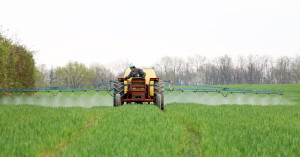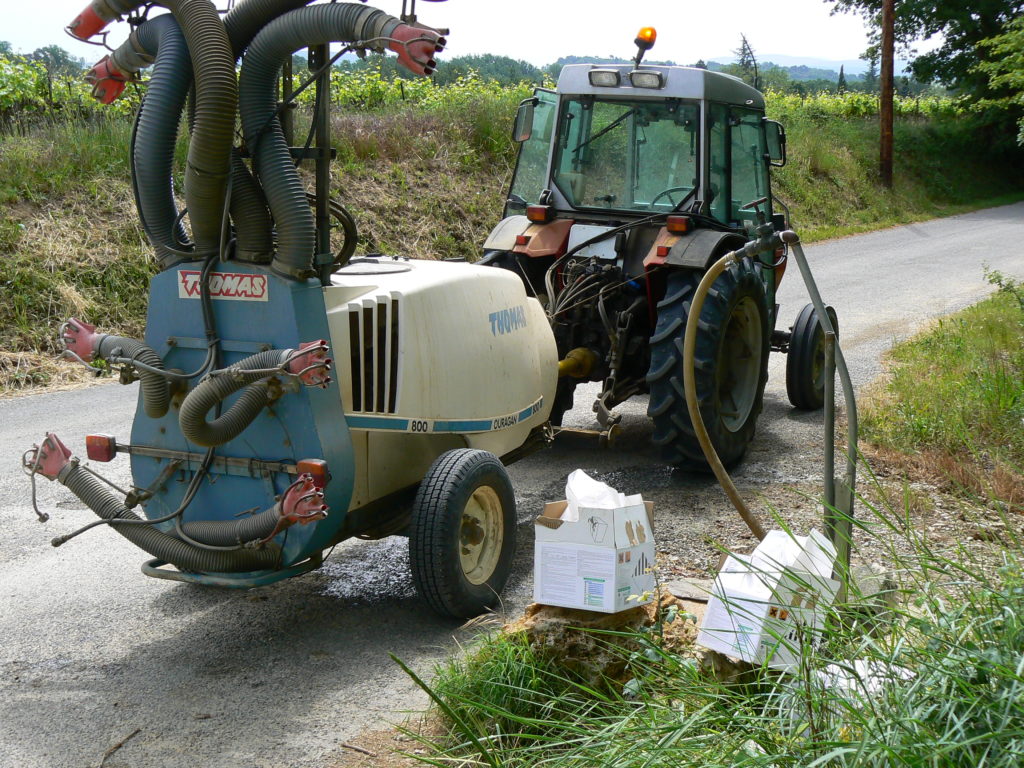The downside of phytopharmaceutical products
Phytopharmaceutical products, also known as “phytosanitary” products, are intended to protect plants (typically crops) against insects, diseases and weeds. Benefiting from the post-war boom in synthetic chemistry, these products have been extensively used for over 50 years. Although these active molecules have participated in the mastery of food resources in countries of the northern hemisphere, they are now heavily criticized due to their effects on the environment and public health.
An alarming assessment
Intensive agriculture, which has been encouraged by the implementation of the Common Agricultural Policy on the one hand and the globalization of the world economy on the other hand, now represents an important source of pressure on the environment. According to the Observatory on Pesticide Residues, more than 90% of the analyzed surface water in France could be contaminated. The fight against this is now one of the priorities of many European (Water Framework Directive 2000-2009) and national (e.g. Ecophyto plan 2018) environmental programs.
Reduce the environmental impacts of pesticides
How? By reducing the number of treatments and the amount of products used, in addition to using new, more targeted molecules. Reduction also involves controlling the final releases stemming from the filling and washing of treatment equipment and tractors (decree of 12 September 2006). According to a preliminary study performed on the project’s pilot farm, between 3 and 7 grams of active ingredient/hectare treated/year could be released into the environment in this way; this would amount to between 360 and 800 tons of active ingredients for all agricultural land in Europe.
Further information on phytopharmaceutical products
Since the decree published ont the 12 of september 2006, farmers have to treat theirs phytopharmaceutical effluents. Besides spreading the effluents on the land, they can resort to a specialised society or buy a treatment system agreed by the Ministery in charge of ecology, to treat theirs effluents.
Nowadays, there aren’t specific datas to estimate the number of farms wich have an equipment fort treating phytopharmaceutical effluents but it would appear that in France, only 10% of the farms are equipped in such systems, despite the subsidies given by the government to promote acquisitions. The low equipment of the French farms and the globals contraints generated by the treatment of phytopharmaceutical effluents (additional workload and associated cost) induced major differences between regulation and pratices observed ont the field (carried during the project).
Despite the policies implementation to reduce the environmental impacts of the pesticides, in France and since 2009 the consumption of pesticides is stagnating, and even increased from 2011 to 2014 [3]. Even if the current trend is to promote less pesticides-consuming pratices, the consensus reached on “goods practices” in term of phytosanitary treatments in agriculture doesn’t exist in farming profession. And even if some of the farmers condemn the dominant productionist model, transformations of production methods are slow and difficult to implement.






